Are sashiko needles even necessary? | The right needle for your sashiko project
You can certainly do sashiko without a designated needle! That being said, if you try sashiko and you like it, the right needle for your sashiko project is definitely an investment I would recommend. Sashiko needles are longer and sturdier than most embroidery needles and help achieve even stitches in the fastest time possible.
In short, my favorite needle is Tulip's Big Eye Straight:
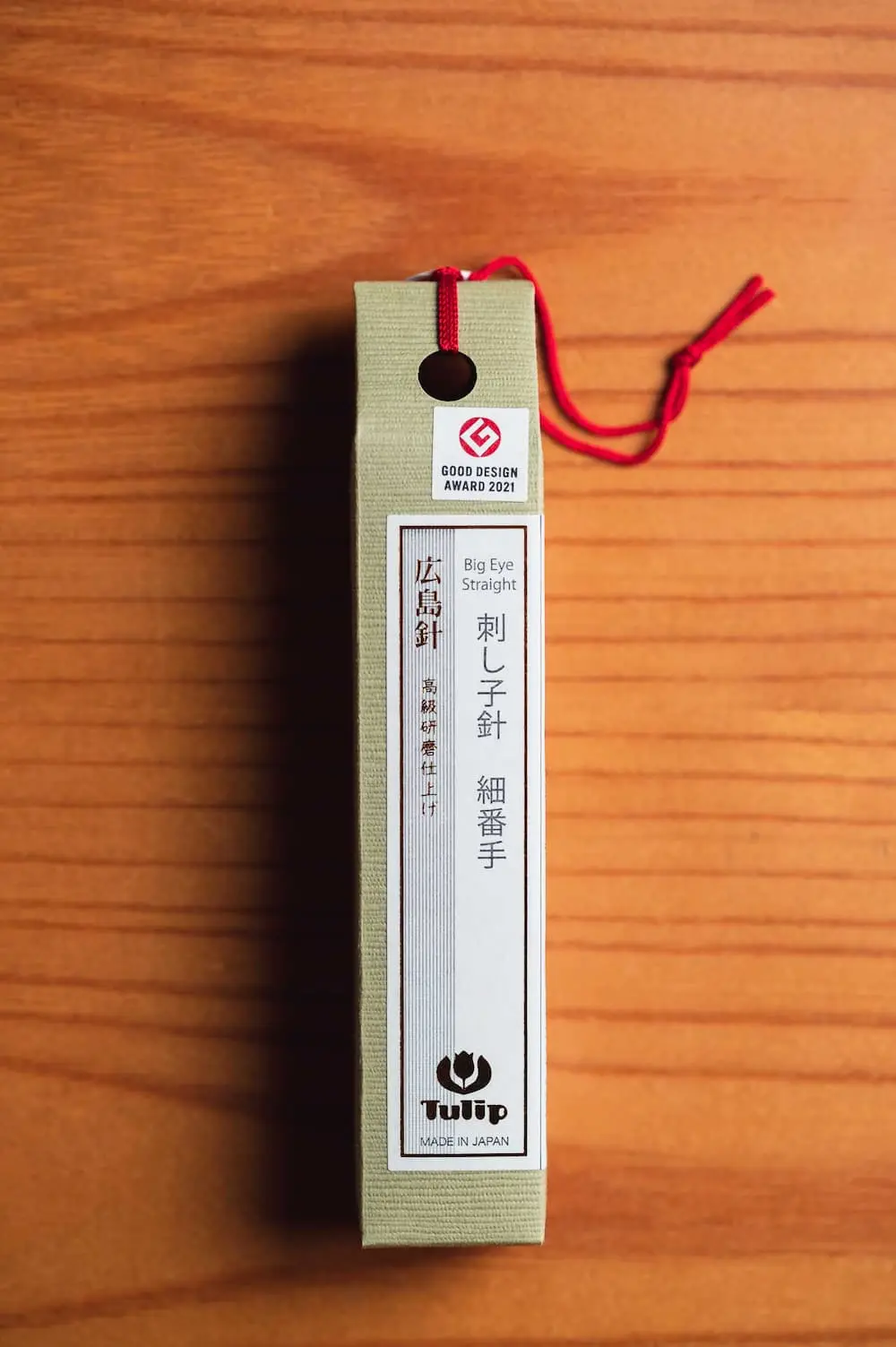
Big Eye Straight Sashiko Needle by Tulip
My favorite sashiko needle by far. Glides smoothly, super pointy and has a big eye.
The needle above is often sold out, but other Tulip sashiko needles are great, too. As are Olympus, Misuyabari, and Daruma needles. Still, the Big Eye Straight by Tulip is my favorite!
Stitches on the Run is reader-supported. When you buy through links on my site, I may earn an affiliate commission. It doesn't cost you anything extra but it helps keep my blog and my stitches running. Thanks!
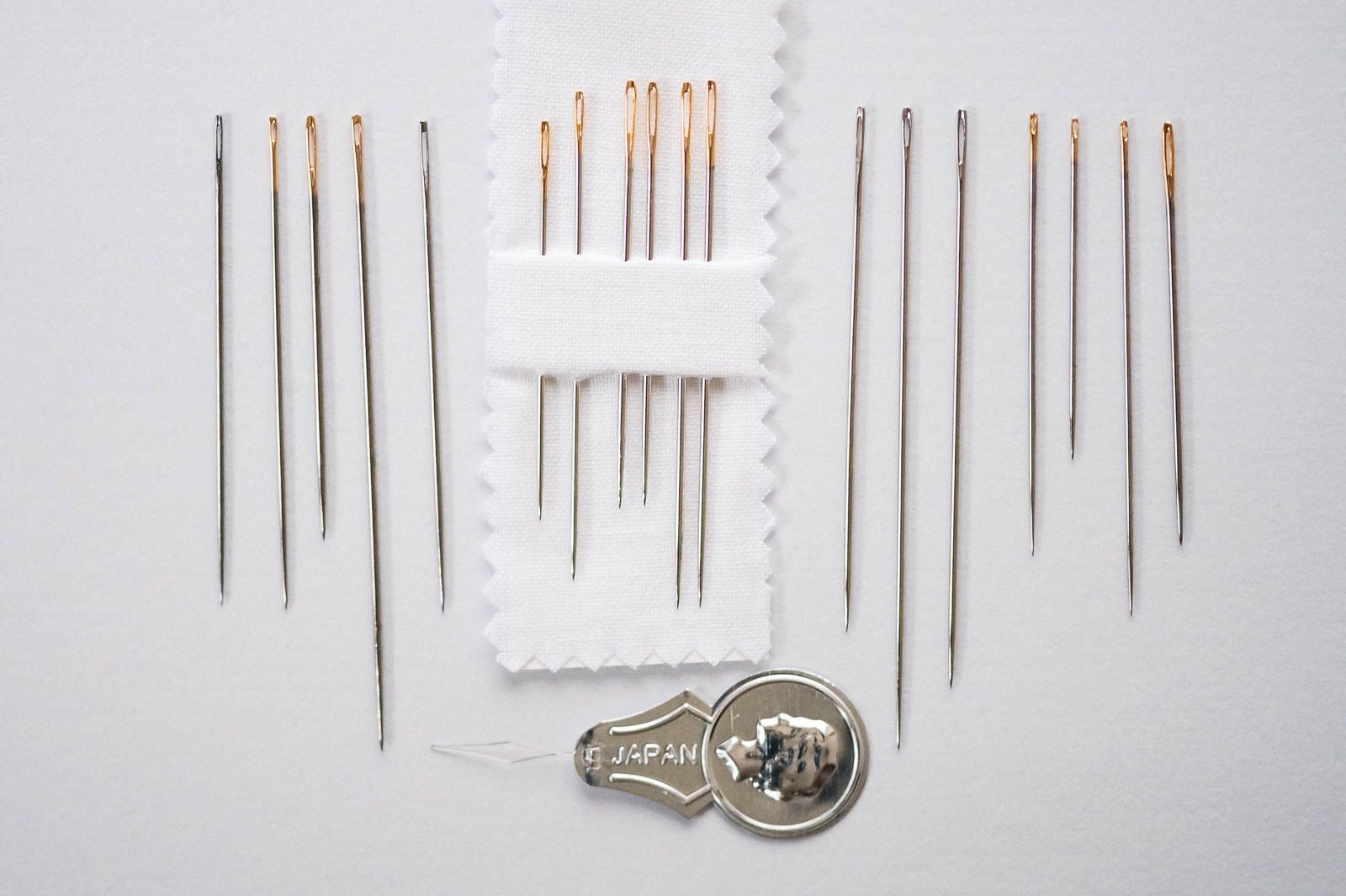
Length of a sashiko needle
Sashiko needles start at roughly 31mm and go up to around 66mm in length.
The right length for your needle is influenced by the pattern you want to stitch and your hand size.
The sashiko technique often profits from feeding several stitches onto your needle in one go. Longer needles can accommodate more stitches, so the right needle may help you stitch faster. It will also make it easier to keep your lines straight without much effort.
Only if your needle is long enough for your hand size, you can make proper use of a palm thimble.
If your needle is too short, you will not benefit from using a thimble at all. Make sure it doesn't take a lot of effort to hold the needle in place, otherwise it's difficult to achieve even stitches.
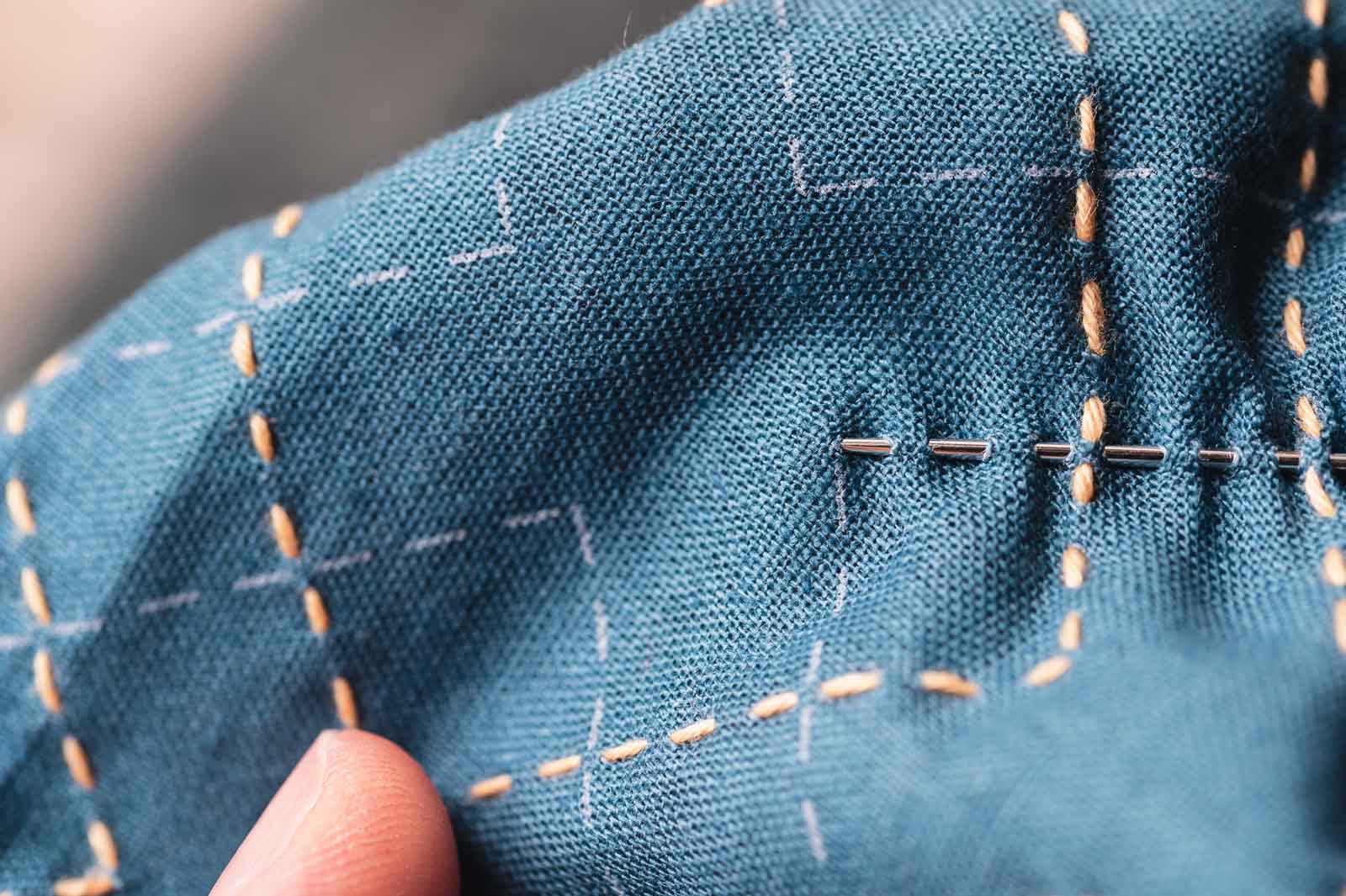
Sturdiness
The sturdiness of your needle is influenced by the fabric and the thread.
The sturdiness of the needle is necessary to prevent it from bending. I've bent a couple of needles before I got a hold of proper sashiko needles. If you use lightweight fabric, you can get away with needles that are not specifically made for sashiko without breaking or bending them.
But sashiko needles are not very expensive, and they make for a worthwhile investment.
Especially if you are mending a pair of jeans or want to stitch several layers together in boro style, sashiko needles will make the stitching process easier and also more enjoyable.
If you can't wait to start sashiko but cannot get a hold of a sashiko needle, just choose any sturdy needle that you can use without damaging your fabric and get to threading!
How do I choose the perfect sashiko needle for my project?
Most sashiko needles are longer and sturdier than embroidery needles.
Whether a needle is a great match depends partly on the kind of fabric you choose, partly on the pattern, but mostly on you.
The perfect needle for your sashiko project is the one that you feel most comfortable stitching with.
Here is an overview that shows how different conditions affect needle choice:
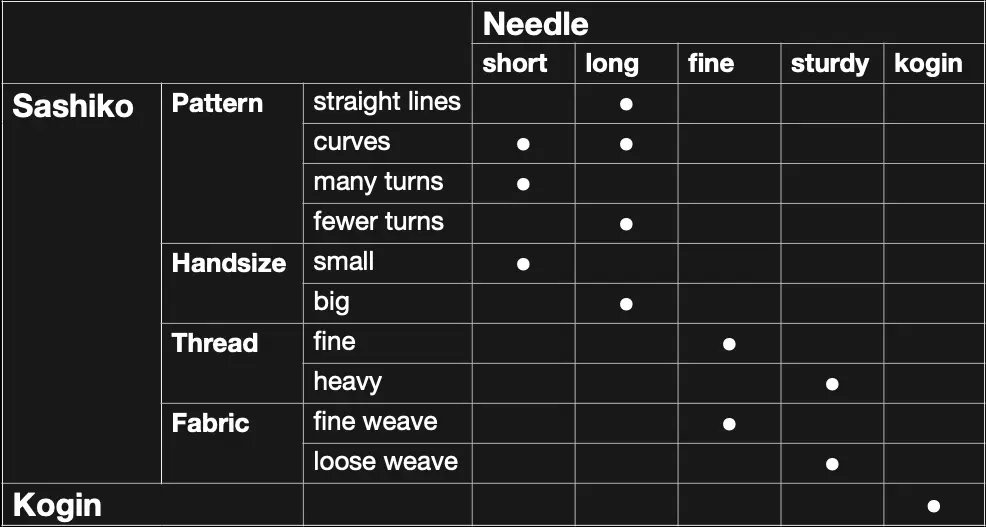
Sometimes it makes sense to switch needles within one project, but most times you should be fine using the same needle for one pattern from beginning to end.
Fabric
Choose a sturdier needle for thicker fabric, a thinner needle will work better for lighter fabric. Of course, if you layer a couple of light fabrics, you are back at where a sturdier needle will probably serve you better.
Pattern
While sashiko needles are often long so you can load many stitches at once on your needle, not every pattern profits from this.
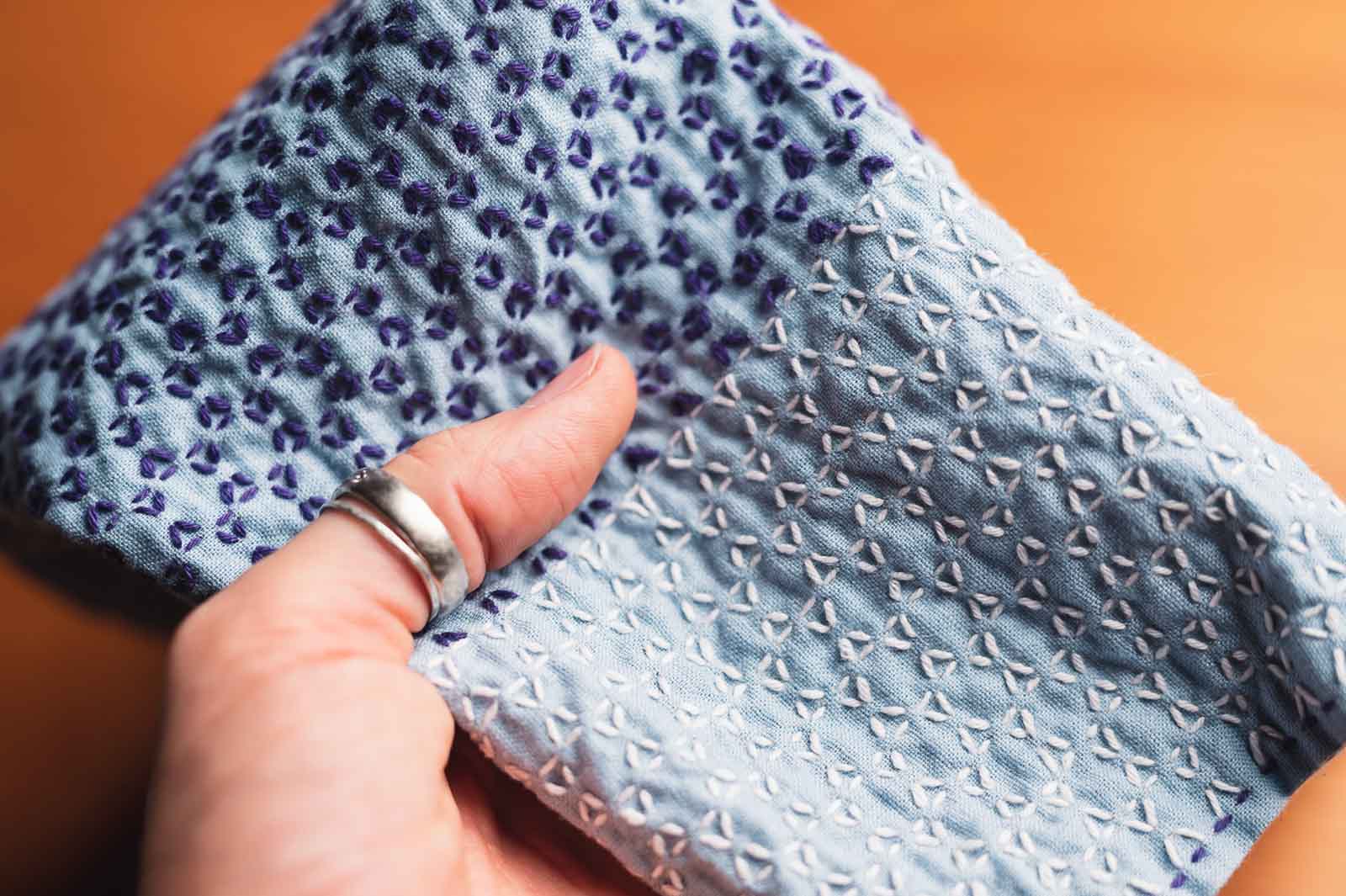
If you have a pattern that features many long straight lines, you will have an easier job stitching if you choose a longer needle.
A complex pattern with many changes in direction often profits from a slightly shorter needle. The same goes for curved lines. Curved lines are harder to stitch when your needle is too long.
I'm slowly expanding my library of sashiko patterns, maybe your favorite pattern is already in there?
Thread
Usually, sashiko thread is used for sashiko. You can use any thread you like, but the outcome will look slightly different if you don't use sashiko thread. That doesn't mean it will look worse, just different from traditional sashiko.
And of course, there is also kogin thread, which is thicker and usually used – you guessed it – for kogin but can be used for sashiko, too. Read more about the differences between sashiko and kogin thread.
Best use kogin needles for kogin thread. They are blunt, like darning needles and have a rather big eye to accommodate the thick thread.
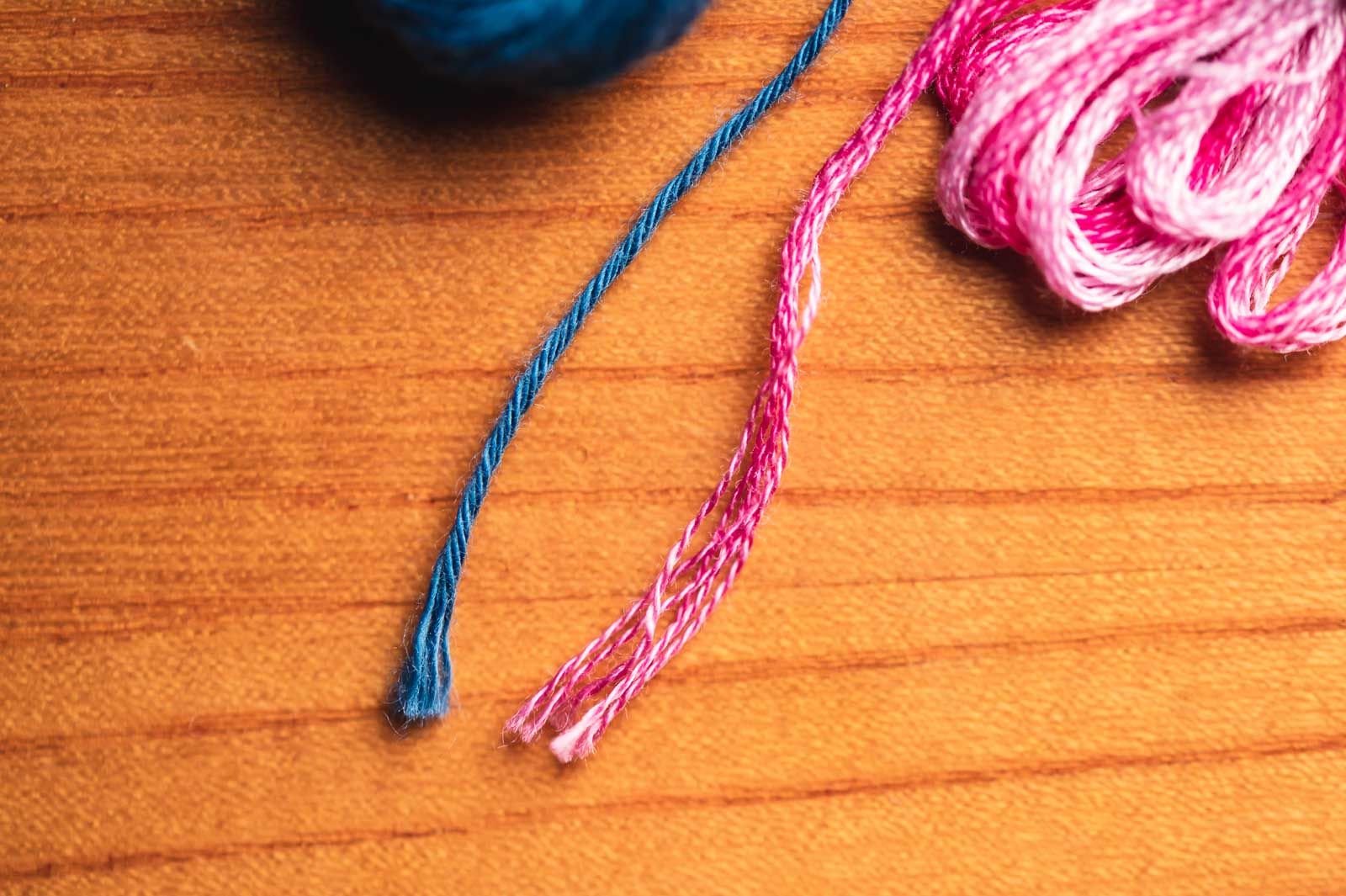
Sashiko thread is available in different weights and depending on what kind of project you do and what kind of look you want to achieve, you choose your thread accordingly.
If you have chosen a lightweight thread, you will get away with a needle that has a very small eye. This way, the needle will glide through the fabric with ease.
Obviously, thicker thread will be more difficult to fit through a needle with a tiny eye. But not only that, you won't profit as much from choosing a very fine needle, because the thickness of your thread has to fit through the fabric anyway.
Therefore: Choose a needle that is sturdier and has a bigger eye for thicker thread.
Don't make your task unneccesarily hard by choosing the finest needle available. It's okay if you don't come across as a magician because you fit the thickest thread through the tiniest hole.
After all, unless you fit the thread through the needle's eye, you can't get started.
This post shares more useful things to know about sashiko thread.
Your hands

No one will know better which needle to use than you. But you might have to test a couple of needles to find your perfect fit.
If you have big hands or long fingers, longer needles might serve you better no matter which pattern you are working on.
If you have smaller hands or shorter fingers, you may find it easier to use shorter needles, even if you can't fit as many stitches on your stitching tool at once.
If you are super dextrous, any needle might be the perfect needle for you.
You choose the needle for your needs depending on your preference. There is no "right" or "wrong" needle in sashiko.
This is simply common sense, but I'll add it anyway: always choose a very sharp needle. If you do fall in love with sashiko, you will have stitched several thousand stitches in no time. Make every stitch as enjoyable as possible.
You may not notice that your needle has become blunt, so even if you have found the perfect needle for your sashiko, make sure you sometimes switch it out for a new needle and lay your needle to rest with harikuyō.
Keep in mind that when sashiko was developed, there was no such thing as a sashiko needle. People had to make do with what they had and so can you!
Just try around and see what works best for you. There is a good chance that once you've gotten a little used to sashiko, you'll never look for any advice on needles again.
Have fun stitching!
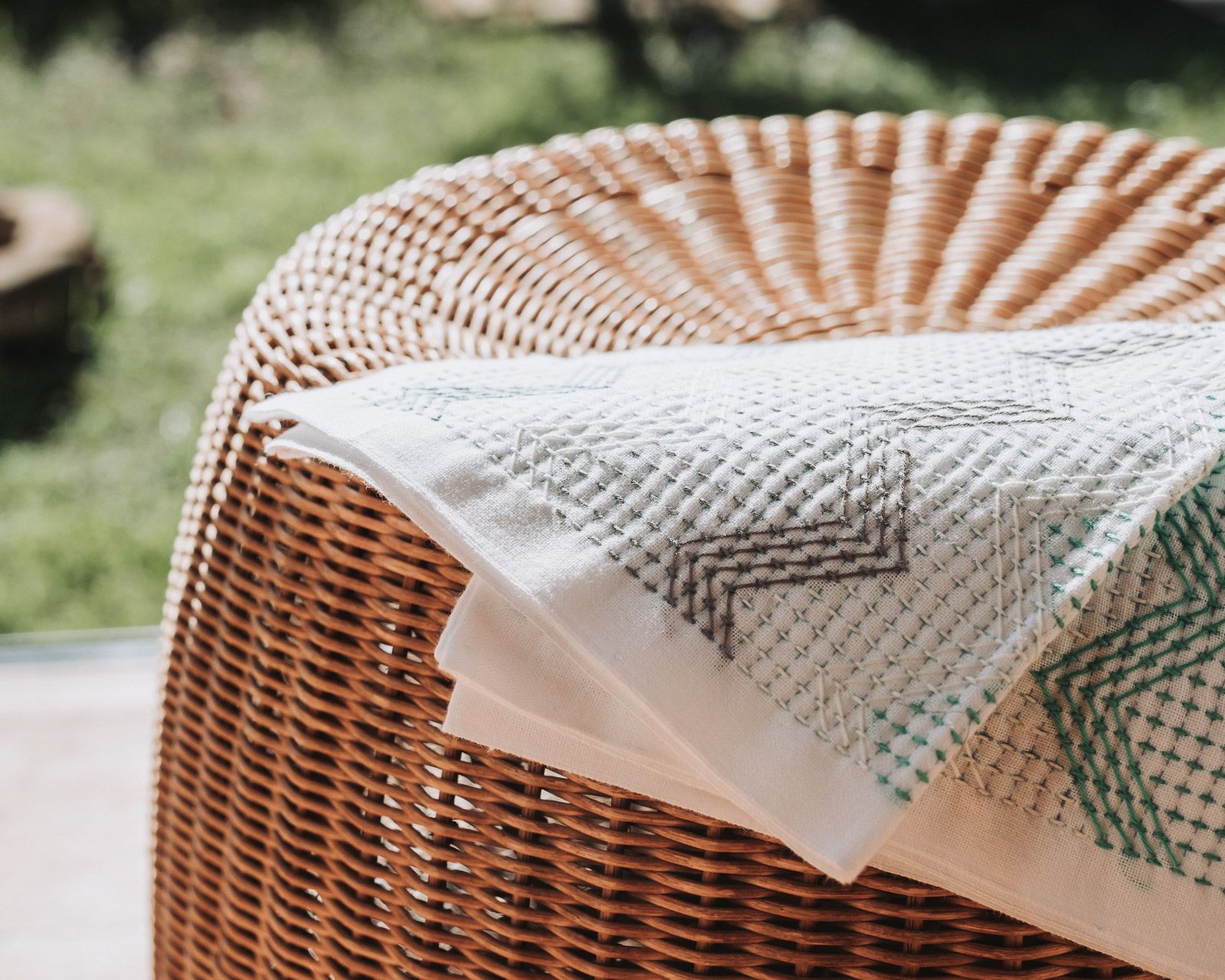

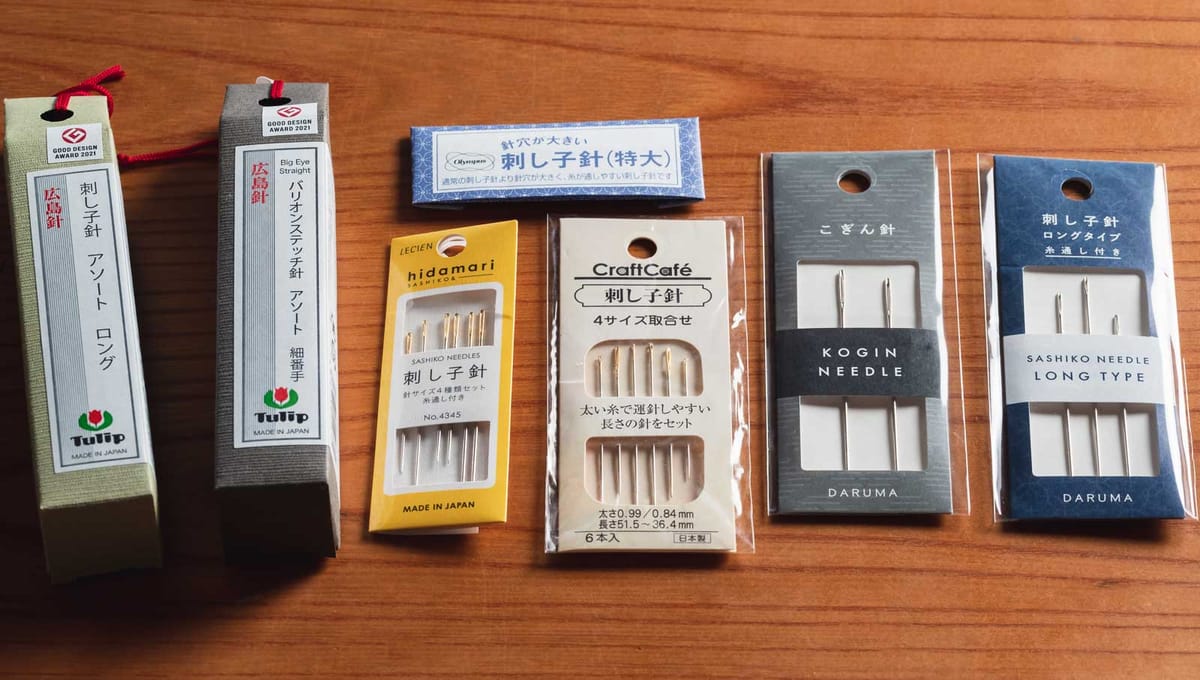



Comments ()